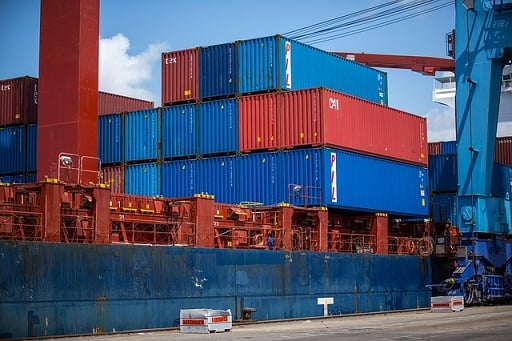Following a recent incident which led to a substantial cargo damage claim, marine insurer UK P&I Club has shared its analysis and the major takeaways.
The case relates to a bulk carrier whose water ingress alarm for no.2 cargo hold was activated a few days after it left the loading port. This despite the successful conduct of tests for watertight integrity, as well as the cargo holds having been cleaned, before a full cargo of bulk minerals was loaded on to the vessel. It had also been verified that the cargo hold bilge pumping system and water ingress alarms were operating efficiently.
“However, when the hold bilges were sounded by the crew, they appeared to be dry and it was therefore assumed that the ingress alarm system was defective,” explained Captain David Nichol, senior loss prevention executive at UK P&I Club. “Daily hold bilge soundings continued to give no cause for concern. At the discharge port, wet cargo was revealed at a depth of up to two metres above the tank top and, upon completion of discharge, it was discovered that sea water had entered the hold due to back-flow via the port side bilge well.”
Nichol said subsequent examination and testing of the cargo hold bilge system revealed that the non-return valve in the port side bilge well was not tight. This was attributed to the presence of previous cargo residue and scale around the valve seat.
According to the Club, pre-loading checks did not include the inspection and testing of cargo hold non-return valves.
“It was also established that other valves in the system between the engine room fire and G.S. pumps and the bilge line had been left open by the engine room crew, allowing water to flow into the line and enter the hold by way of the defective non-return valve,” continued the senior loss prevention executive. “Investigations also revealed that no.2 port bilge sounding pipe was blocked about 20cm from the bottom, explaining why the well appeared dry when sounded.
“Had the crew compared the maximum height of the pipe with the sounding tape measurement, this defect may have been noticed prior to flooding of the hold.”
As for the lessons learnt from the incident, among them is the need to periodically check and maintain bilge system valves and pipework, as part of the planned maintenance system. Ideally, inspection and testing of cargo hold bilge system non-return valves should also be included in routine pre-loading checks of the holds.
In addition, rigorous procedures should be in place to avoid leaving valves open when not being used.
“Hold bilge sounding pipes should be positively proven to be unobstructed and comparisons made between the documented maximum pipe height and actual measurement at the deck datum point,” noted Nichol. “The activation of hold ingress alarms requires to be thoroughly investigated which in this case should have included checking all related systems and pumping of the bilges to observe for any discharge.”
Related stories:
Marsh calls for shipowner action over new emissions rules
Beazley unveils new underwriter for US marine platform


